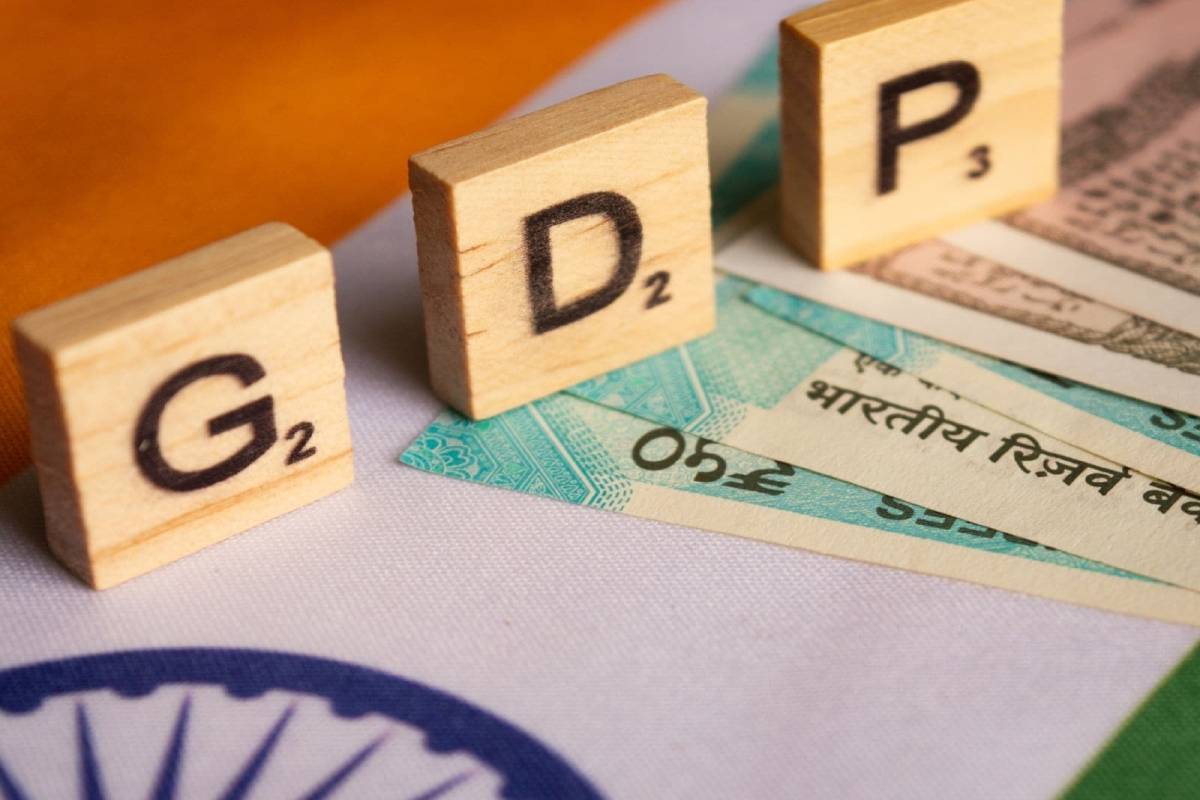Year Ender: 138.34 crore Aadhaar numbers generated, 67 million Ayushman Bharat Health Accounts created
India's Digital Public Infrastructure (DPI) drives accessible and secure public services, transforming the digital economy.
India’s current account deficit (CAD) remains a key indicator of the country’s economic health, influenced by global trade dynamics and domestic policy shifts.

Representation image (File Photo)
India’s current account deficit (CAD) remains a key indicator of the country’s economic health, influenced by global trade dynamics and domestic policy shifts. Data for the July-September quarter reveals a modest narrowing of the CAD to 1.2 per cent of GDP, down from 1.3 per cent a year ago, despite on-going challenges like a widening merchandise trade deficit and weaker global demand. The slight reduction in the CAD is a positive development, but it’s important to understand the underlying factors. The major contributor to this improvement has been the strength of India’s services exports. With net services receipts rising to $44.5 billion, India’s services sector continues to provide a buffer against the goods trade deficit.
This growth, particularly in IT services, business services, and transportation, underscores India’s competitive edge in these areas and highlights the importance of services in the country’s economic structure. The services sector remains a critical pillar supporting India’s foreign exchange reserves, helping cushion against external economic shocks. However, the growing goods trade deficit is a cause for concern. Merchandise imports, particularly gold, surged to $75.3 billion during the quarter, exacerbating the trade imbalance. The demand for gold, both cultural and driven by fluctuating global prices, continues to put pressure on India’s external sector. Additionally, a decline in merchandise exports due to soft global demand points to the vulnerability of India’s trade balance to global economic fluctuations.
Advertisement
The widening trade deficit also places pressure on the rupee, which has contributed to inflationary pressures and increased the cost of imports. While the rise in gold imports and the pressure on the rupee are concerning, private remittances continue to be a bright spot. Remittances from the Indian diaspora reached $31.9 billion in the July-September quarter, a significant increase from the previous year. This steady inflow of funds helps offset some of the CAD and provides essential support to domestic consumption and poverty alleviation efforts. The continued strength of remittances highlights the resilience of India’s external sector and the vital role played by the Indian diaspora in supporting the economy. Looking ahead, the outlook for India’s CAD remains cautious. The widening trade deficit, particularly with gold imports, along with a slowdown in global demand, could push the CAD to 2.5 per cent-2.7 per cent of GDP in the current quarter.
Advertisement
This reinforces the need for India to focus on reducing its reliance on gold imports and strengthening its manufacturing sector. A more diversified economy, with a greater emphasis on domestic production and exports, will help mitigate the pressures on the CAD. India’s long-term economic health depends on fostering innovation, diversifying the industrial base, and reducing dependence on imports. While the services sector remains a strong asset, balancing trade through increased manufacturing exports will be the key to ensuring sustainable growth and maintaining economic stability. A more resilient and self-sufficient economy will help India navigate the external challenges and continue its path toward ced growth.
Advertisement